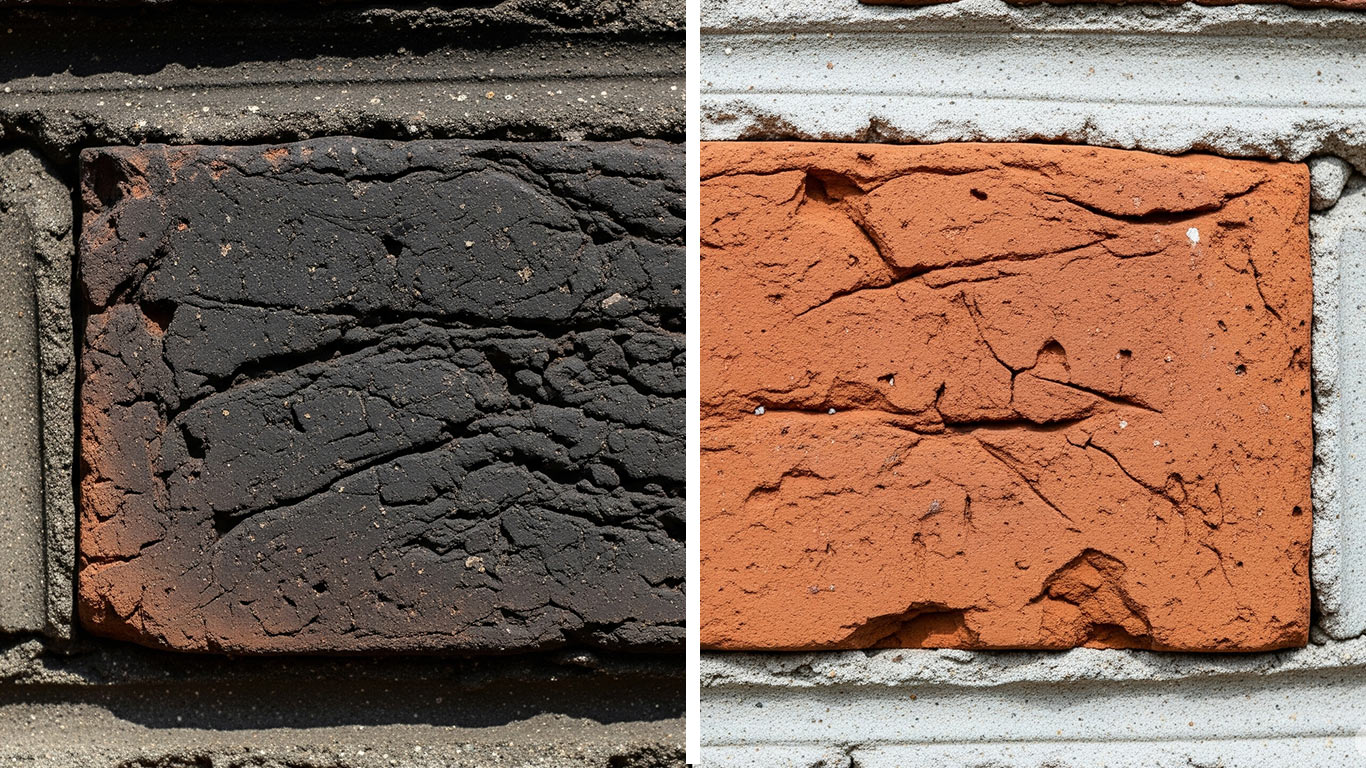
FDA
FDA 21 CFR 1040.10 - Laser Product Performance Standards



In historical restorations, laser cleaning mortar works best by starting with controlled pulses to leverage its strong energy absorption and low thermal conductivity, which prevents cracks from localized heat while effectively stripping away years of grime
You see the mortar's surface covered in thick, irregular layers of grime and debris. Dust particles cling tightly, creating a rough, pitted texture that hides the base material. Tiny cracks and spots show uneven buildup everywhere.
After treatment, the laser reveals a smooth, even surface with the mortar's natural grains exposed. Residues vanish completely, leaving a clean, uniform finish without any clinging dirt. The original texture stands out clearly now.

FDA 21 CFR 1040.10 - Laser Product Performance Standards

ANSI Z136.1 - Safe Use of Lasers

IEC 60825 - Safety of Laser Products

OSHA 29 CFR 1926.95 - Personal Protective Equipment
License: Creative Commons BY 4.0 • Free to use with attribution •Learn more